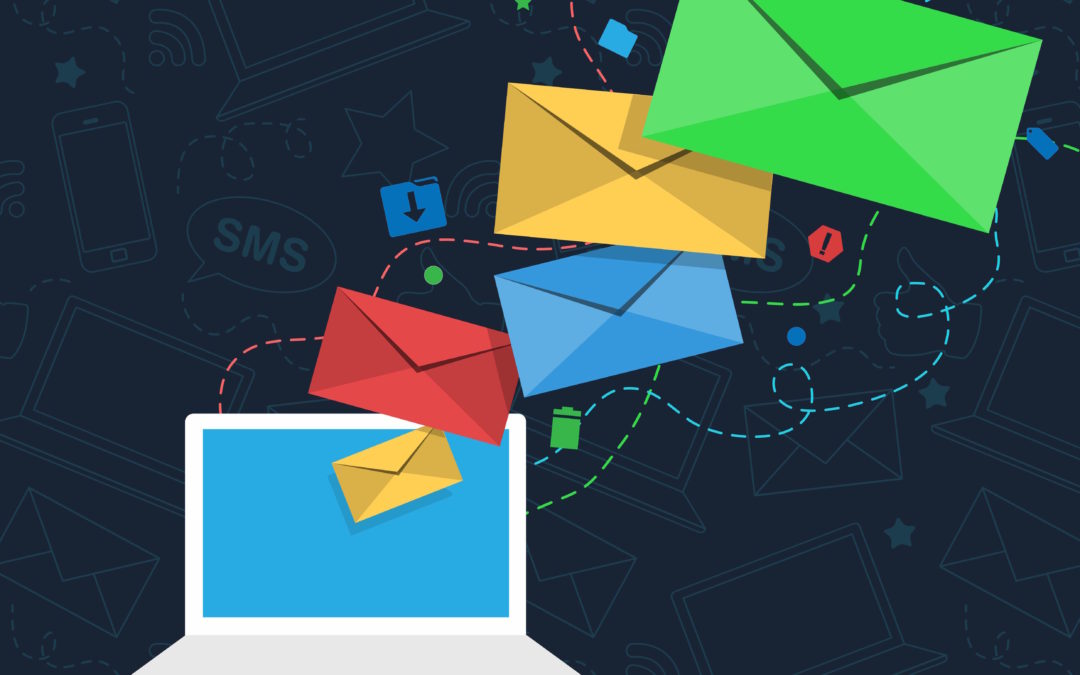There’s no denying the importance of email campaign testing. Email is the primary channel your organization uses to reach out to and communicate with your supporters. So, why not make sure you get it right? Testing helps you gain more in-depth knowledge of your supporters:
• What inspires them?
• What motivates them?
• What falls flat with them?
And you can use the results to shape the content and direction of your campaign strategies to help you meet and exceed your goals.
A/B Testing
One of the most effective email testing methods is using A/B variation testing or split testing. This method compares two (or more) versions of an email (or a web page) to see which performs better by splitting the audience and sending a different version to each segment.
For example, a nonprofit wanted to test whether hard-hitting facts and statements would be more effective than more general mission-based language. There are several tools (discussed in more detail here), such as Google Analytics/Experiments or Optimizely, that offer the ability to easily split audience segments and serve multiple variations of an email, as well as reporting to determine if the test produced statistically significant results. This organization used Google Analytics/Experiments to test a marquee strategy over their three largest campaigns for six months. The organization looked at several key performance indicators (KPI): open rates, click-through rates, conversion rates, number of gifts, amount raised, and average gift amount.
In evaluating the results, the hard-hitting, factual language had a major impact on the decision to give as well as the donation amount. The total amount raised and average gift KPIs were up 100 percent or more compared to the control (general language). The results gave the organization the confidence to move forward in a bold global brand refresh featuring the hard-hitting language.
Other Email Testing
In addition to A/B testing, you can use email marketing tools to conduct more specific or targeted testing options. One such tool is Movable Ink, a contextual email marketing software that features real-time optimization, image personalization, geo-targeted and device personalization, live polling and social feeds, and data automation.
Your organization could test something as simple as a call-to-action button. That’s what one nonprofit did with the control version using the word “donate” and a test showing “I want to help…” language. You can probably figure out which one did better, but testing proved it. The “I want to help…” button outperformed the control by 14 percent in conversions. Another test included a suggested gift amount (in a personalized email message) that resulted in a 75 percent lift in the click-through rate compared to the email without a gift suggestion.
The flexibility that platforms like Movable Ink provide for nonprofits makes email testing virtually a no-brainer. So, don’t worry if your organization isn’t doing email testing yet, there’s no wrong time to start. But it’s important that you do start because as these examples show, testing can help your organization improve the quality of both your content and your impact.

